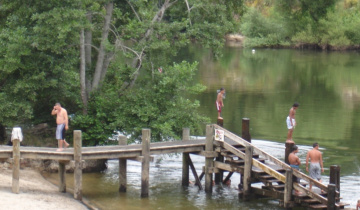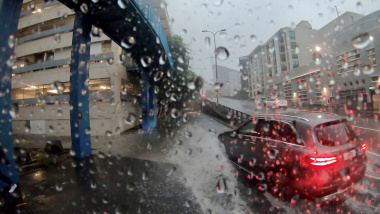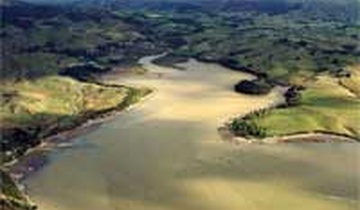Scientific references about the 'seven-station' temperature series adjustment process, and the internationally accepted best practice approaches to adjusting raw climate data to more accurately calculate temperature trends.
Initial work
The 'seven-station' series was originally constructed by Dr Jim Salinger as part of his Ph.D. His thesis is held by Victoria University of Wellington, and the reference is:
- Salinger, M.J., 1981. New Zealand Climate: The instrumental record. Thesis submitted for the degree of Doctor of Philosophy at the Victoria University of Wellington, January 1981.
Methodology
A revised methodology for adjusting for site changes in the NZ temperature record was published in the peer-reviewed International Journal of Climatology in 1993:
- Rhoades, D.A. and Salinger, M.J., 1993: Adjustment of temperature and rainfall records for site changes. Int. Journal of Climatology13, 899 – 913.
This ‘Rhoades & Salinger’ methodology was first applied in a 1990-92 study by the NZ Meteorological Service, and results described in:
- Salinger, M.J., McGann, R., Coutts, L., Collen, B., Fouhy, E. 1992: South Pacific Historical Climate Network Climate Station Histories. Temperature Trends in New Zealand and Outlying Islands, 1920-1990. NZ Meteorological Service, Wellington. ISBN 0-477-01598-0.
Salinger and various co-authors subsequently published a number of papers about temperature changes in New Zealand and the South Pacific, based on the ‘Rhoades & Salinger’-adjusted data.
The following is a selection of references to peer-reviewed scientific papers and other authorities outlining internationally accepted techniques for making adjustments to data to take account of changes such as movements of measurement sites:
- Della-Marta, P.M. and H. Wanner, 2006. A method for homogenising the extremes and mean of daily temperature measurements. Journal of Climate, 19, 4179-4197.
- Easterling, D.E. and Petersen, T.C, 1995. A new method for detecting undocumented discontinuities in climatological time series. Int. Journal of Climatology, 15, 369 – 377.
- Karl, T.R., and C.N. Williams Jr., 1987. An approach to adjusting climatological time series for discontinuous inhomogeneities. J. Climate Appl. Meteor., 26, 1744-1763.
- Kohler, M.A., 1949. Double-mass analysis for testing the consistency of records and for making adjustments. Bulletin American Meteorological Society, 30, 188-189.
- Vincent, L. A., Zhang, X., Bonsal, B. R., Hogg, W. D. 2002. Homogenization of daily temperatures over Canada. Journal of Climate, 15, 1322–1334.
- The methodology in the Karl and Williams (1987) paper is applied to the U.S. Historical Climatology Network maintained by NOAA.
- Section 4.8.3 on “Homogeneity of Data” in the “Third Edition of the Guide to Climatological Practices” published by the World Meteorological Organization’s Commission for Climatology.
Documentation of site changes
Information about site changes is in a publicly-available report published by the NZ Meteorological Service in 1992, and much of this information is also available from the metadata in NIWA’s climate database.
- Fouhy, E., Coutts, L., McGann, R., Collen, B., Salinger, M.J., 1992: South Pacific Historical Climate Network Climate Station Histories. Part 2, New Zealand and Offshore Islands. NZ Meteorological Service, Wellington. ISBN 0-477-01583-2.







